Bodegas Arzuaga Acquires 80-Hectare Pazo de Rubianes, Expanding Into Rias Baixas for the First Time
Historic Galician estate, famed for award-winning Albariño and 5,000 camellia plants, joins leading Ribera del Duero producer’s portfolio
2025-10-15
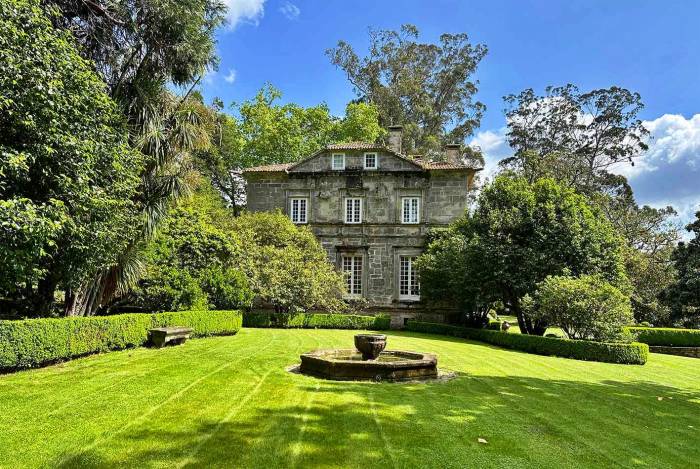
Bodegas Arzuaga, a well-known producer from Ribera del Duero, has entered the Rias Baixas wine region with the acquisition of Pazo de Rubianes, a historic estate in Vilagarcia de Arousa, Galicia. The deal was signed on October 14, 2025, and includes the purchase of the property, winery, and vineyards. Arzuaga has stated its intention to continue the project developed in recent years by sisters Beatriz and María Ozores, who have managed the estate and elevated its profile within the Rias Baixas denomination.
Pazo de Rubianes covers 80 hectares, with 25 hectares dedicated to vineyards. The estate’s history dates back to 1411 when it was founded by the Caamaño family. In the 18th century, it passed to the Ozores family, who have maintained stewardship until this recent sale. The estate’s winegrowing tradition is centuries old but suffered a setback due to phylloxera, which destroyed most of its vines. In the 1990s, Gonzalo Ozores de Urcuola began a revival of viticulture on the property, expanding the vineyard from six to 25 hectares in a few years. His daughters later took over management and worked with winemaker José Manuel Martínez Juste to strengthen both wine production and enotourism.
The winery produces four Albariño wines exclusively from estate-grown grapes: Pazo de Rubianes, 1411, García de Caamaño, and Paloma. The flagship Pazo de Rubianes Albariño has twice won the Cata dos Viños de Galicia competition organized by the regional agriculture department, earning recognition as Galicia’s best white wine on two occasions.
Arzuaga’s entry into Rias Baixas marks its first venture outside its home base in Valladolid. The company owns about 210 hectares of vineyards in Valladolid around its La Planta estate and operates a hotel as part of its enotourism business. This move follows a trend among Spanish wine groups expanding into Rias Baixas by acquiring established producers; other companies such as Masaveu, LAN, and Zamora Company have taken similar steps in recent years.
Beyond wine production, Pazo de Rubianes is known for its botanical gardens and forms part of Galicia’s Ruta de la Camelia. The estate’s gardens reflect a family passion for horticulture that developed between the 17th and 19th centuries. In 2014, Pazo de Rubianes was designated an International Camellia Garden of Excellence. Each year, thousands of visitors come to see its extensive plantings and winter camellia bloom. The gardens feature more than 5,000 camellia plants as well as magnolia, calocedrus, camphor trees, ash, oak, cork oak, and eucalyptus. The camellias are also used to produce a line of natural cosmetics based on cold-pressed camellia oil.
The integration of viticulture and botanical heritage has helped brand the estate’s wines as “the Albariños of the camellias.” Pazo de Rubianes is a key stop on the Camellia Route in Galicia and hosts an annual community camellia exhibition along with an open-house day for local residents.
The property also holds significant historical value. Its origins include a 12th-century tower linked to the Caamaño family. In 1411, Don García de Caamaño established his residence at Rubianes; this is commemorated by an inscription above the main entrance. In 1441 he founded what is now Vilagarcia de Arousa. Over time, the House of Rubianes became a jurisdictional seigneury and later a Spanish noble title associated with several prominent families.
For visitors today, Pazo de Rubianes offers the largest contiguous vineyard holding in the Salnés Valley—the heartland of Rias Baixas—and features an ensemble that includes an 18th-century manor house restored for current use and a 16th-century chapel. The original winery dates back to the 15th century.
Beatriz and María Ozores expressed satisfaction with the transaction and thanked their team for their dedication over recent years. Bodegas Arzuaga has indicated that it will maintain both the winemaking approach and visitor experience that have defined Pazo de Rubianes under previous management. With this acquisition, one of Galicia’s most emblematic estates begins a new chapter under Arzuaga’s stewardship while continuing its legacy in wine production and tourism in Vilagarcia de Arousa.
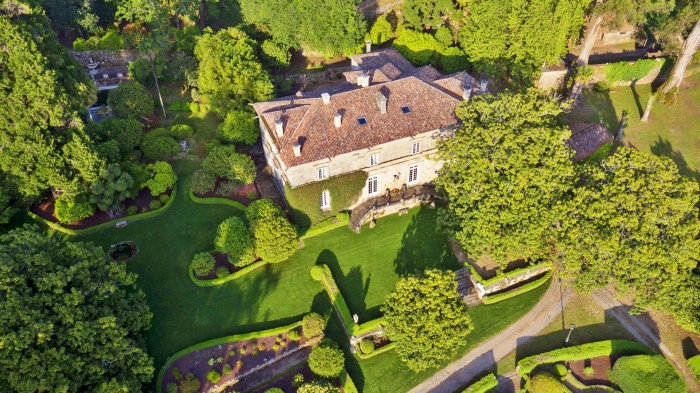
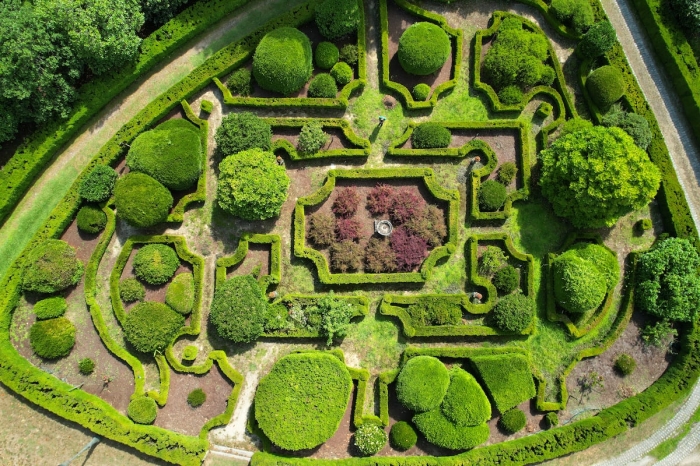
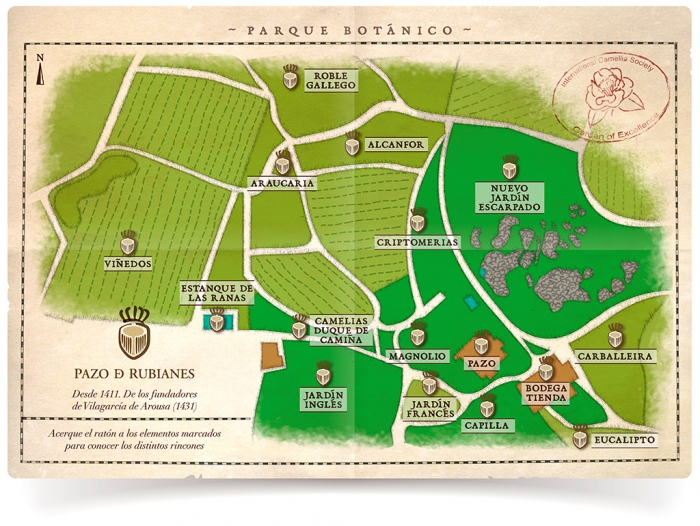
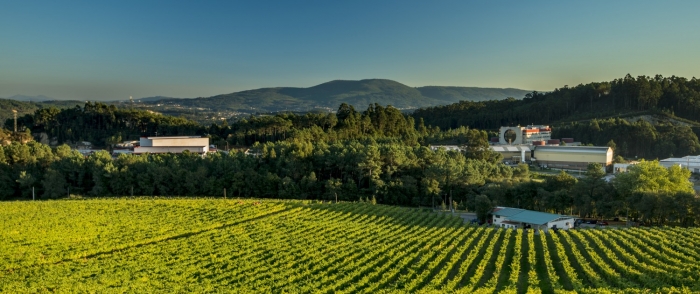
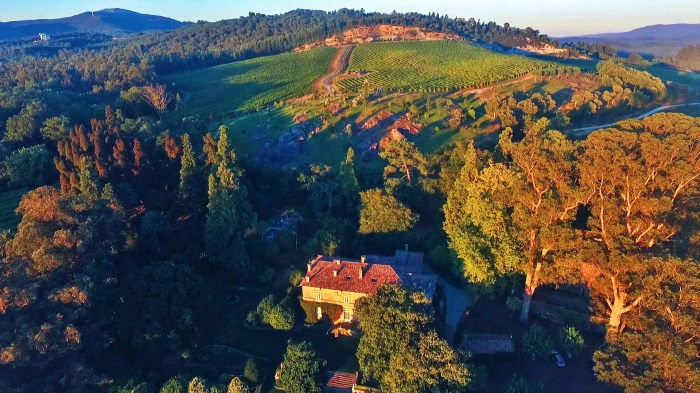
Founded in 2007, Vinetur® is a registered trademark of VGSC S.L. with a long history in the wine industry.
VGSC, S.L. with VAT number B70255591 is a spanish company legally registered in the Commercial Register of the city of Santiago de Compostela, with registration number: Bulletin 181, Reference 356049 in Volume 13, Page 107, Section 6, Sheet 45028, Entry 2.
Email: [email protected]
Headquarters and offices located in Vilagarcia de Arousa, Spain.